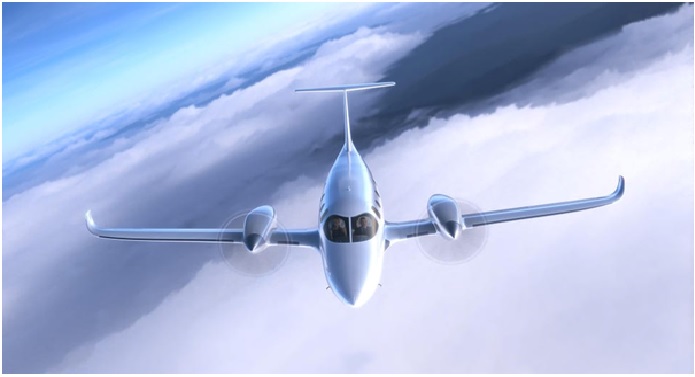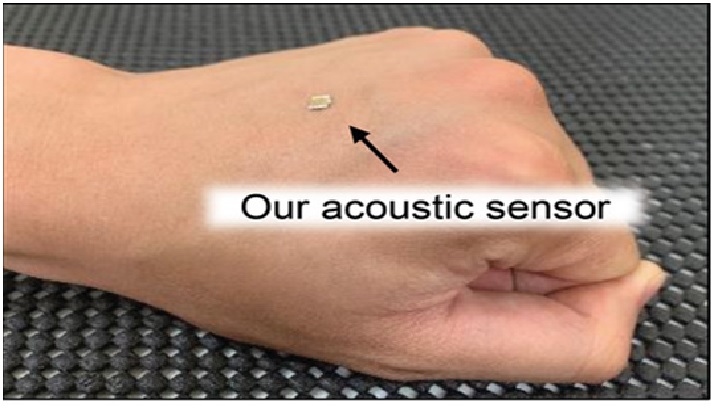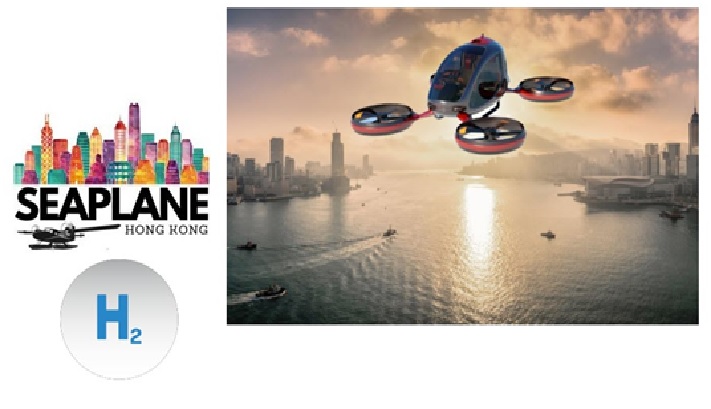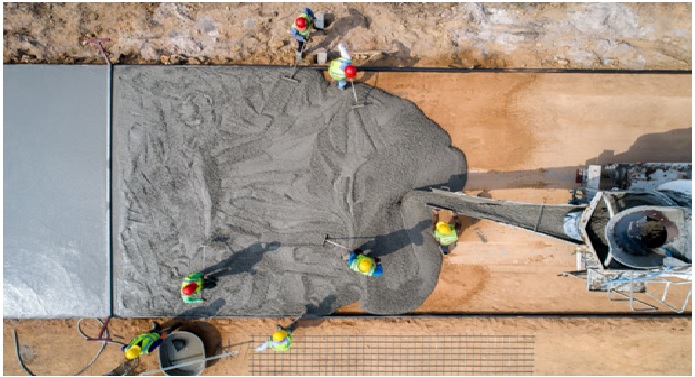The Electric Aviation: The Future Technology Development
Electric and hybrid-electric propulsion is rapidly revolutionising mobility technologies across industries, from automotive to marine. [1] And the aviation industry is no exception. At Airbus, our work in electric flight aims to lay the groundwork for future industry-wide adoption and regulatory acceptance of alternative-propulsion commercial aircraft and urban air vehicles as shown in figure 1.

Figure 1: The Electric Aviation [2]
In 2010, Airbus embarked on its electrification journey, developing the world’s first all-electric, four-engine aerobatic aircraft, CriCri. Since then, we have made significant progress in the electrification of flight. Our all-electric, twin-propeller aircraft E-Fan successfully crossed the English Channel in 2015. [3] Our electric vertical take-off and landing (eVTOL) demonstrator projects, Vahana and CityAirbus, have completed many hours of rigorous and comprehensive flight testing programmes to ensure safety and high performance. E-Fan X, the successor to E-Fan that is 30-times more powerful than its predecessor, has provided invaluable insights on serial hybrid-electric propulsion.
Using electric motors to power airplane propeller engines to lessen pollution in the atmosphere. Electric aviation also means fewer hours of scheduled maintenance because gasoline motors need to be overhauled 10 times more frequently than electric (every 2,000 hours versus 20,000). However, batteries are heavy, and the first electric planes are expected for small commuter flights. In 2019, Eviation Aircraft had a backorder for more than 150 of its nine-passenger Alice airplanes with a range of 650 miles. As of 2020, there were more than 100 electric aviation projects under development worldwide.
You may be boarding an electric plane sooner than you think. The first rollouts for a major airline—with United—are due in 2026, and countries like Denmark and Sweden have announced plans to make all domestic flights fossil fuel–free by 2030.
The past year has propelled the aviation industry ever closer toward a goal of viable commercial electric aircraft. [4] United Airlines announced in July that it’s buying 100 19-seater, zero-emission electric planes from Swedish startup Heart Aerospace; they are set to take flight for short hops in the United States in 2026.
Over in Europe, EasyJet’s partnership with U.S. startup Wright Electric has led to development plans for the Wright 1, an all-electric, 186-seat commercial passenger jet with an 800-mile range that’s targeted to enter service around 2030. Up sooner still, Wright Electric additionally announced in November plans for an electric 100-seater, the Wright Spirit, due out in 2026.
References:
- https://www.airbus.com/en/innovation/zero-emission/electric-flight
- https://www.forbes.com/sites/jeremybogaisky/2021/04/21/bye-eflyer-king-air-oxis-electric-turboprop/?sh=e0b10bb1b8f7
- https://www.pcmag.com/encyclopedia/term/electric-aviation
- https://www.afar.com/magazine/electric-planes-are-coming-sooner-than-you-think
Cite this article:
Vinotha D (2022), The Electric Aviation: The Future Technology Development, AnaTechMaz, pp.207















